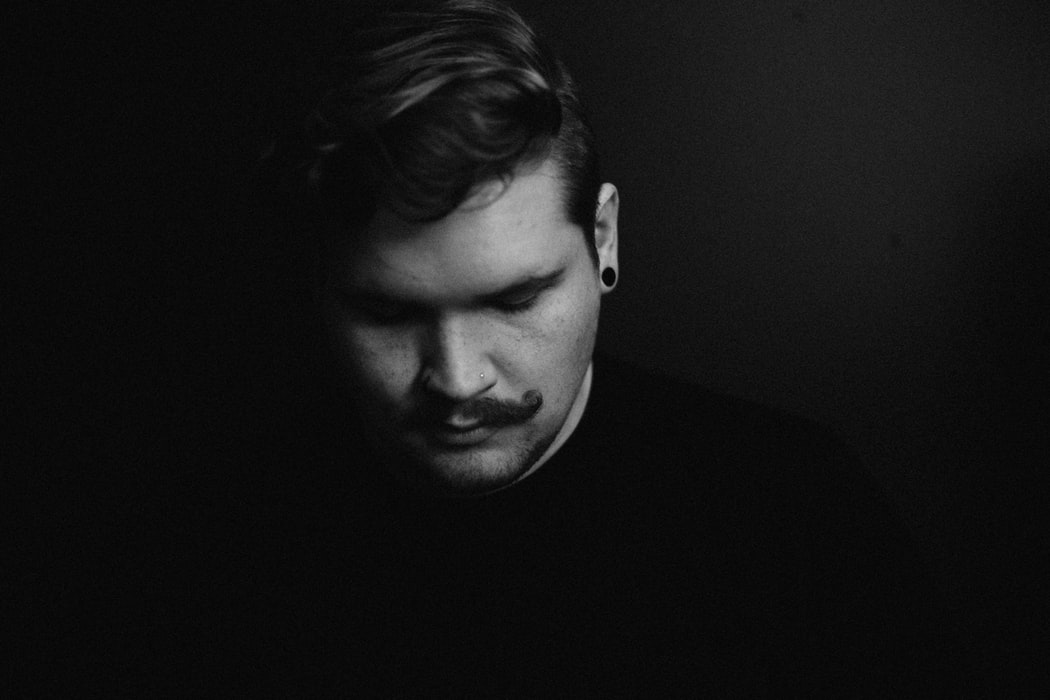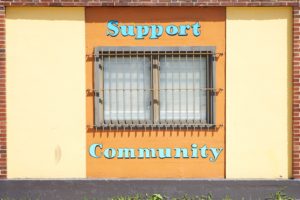I was born into a community defined by gender. Where subtle discriminations, sprouted at birth, developed into an intricate system of excuses and dependencies systemically binding women and men alike. Where men are held at such a high standard of masculinity that it is not uncommon for them to turn to abusive behavior. Where men limit the amount of emotion they express, where mental illnesses are unaddressed and where destructive behavior emphasizing sex and dominance is encouraged starting from teenage years. The culture behind machismo, or toxic masculinity, creates a system in which men are expected to act in a dominant, authoritative ways with limited emotional expression. This, alongside the preexisting violence brought about by the presence of drug cartels and police, often leads young men to enter adulthood prematurely and assume positions of authority within their families.
In my hometown of Ciudad Juarez, Mexico, the tension and violence result in femicide. The World Health Organization (WHO) defines femicide (Spanish, feminicidio) as “violence against women in a wide range of acts” from verbal harassment to the murder of a woman.1 In Ciudad Juarez there has been 1,700 femicide murders2 over the past 25 years stemming from toxic masculinity and perpetuated by Mexico’s institutionalized sexism.3
All my relatives were aware of the dangers I faced as a young woman. They tried their best to protect and shelter me. They told me to never go looking for trouble and to never go anywhere alone. My parents moved across the border into the United States to give me a better education and a more progressive living environment. I felt safer in the north, but the liberal environment of higher education made me acutely aware of the disparities in my home.
During the summer between my sophomore and junior year at Fordham, I had the privilege of volunteering at a health clinic and a children’s sanctuary in Ciudad Juarez, run solely by women. Some patients were victims of domestic violence; I remember a particular incident so violent that a patient lost her entire ear. Yet these women did not recognize themselves as victims. They accepted violence as a fact of life. Domestic violence, neglect and abuse leading to injury, violence and death have become normalized in the culture.
One patient looked me in the eye and told me that I had everything I could ever need. I had two loving parents, an education, enough money and a safe home. This was all true. Although I had brief interactions with the threat of violence during my upbringing, I lived a relatively sheltered life. I had a safe home and amazing parents, and I never felt the need for more. It was only when I visited my hometown later in my adult life that I realized how lucky I had been. I had trouble reconciling that women who were so close to me, from my same demographic and culture, lived a life permeated by violence with no easy escape. A fate that could have so easily been my own. I questioned whether I had the right to call myself a member of this community. My life had been so drastically sheltered and privileged that I felt estranged from these women. Yet, my heritage and culture brought me back to them. I felt I had a responsibility to address these issues and trace them back to their origin.
How did we get here? What was at the root of the violence? I started discussing this with close family members and asked what they recalled from their childhood that made them feel resentful or unsafe and what kinds of gendered violence they experienced as adults. What I found was that there were many explicit standards of masculinity set for the men since birth.
One family member recalls having severe anxiety throughout his childhood. Not only did his parents ignore the issue, but they believed his nerves to be a sign of weakness and femininity. He remembers his parents’ dismissive behavior, sending him to bed because he had to “be a man.” He had to work through his mental state and find comfort within himself without any guidance. This led to ongoing problems with anxiety in his adult life and rooted an aversion to any external help.
Other family members remember harmful assumptions. They remember family members speculating that a soon-to-be stepfather was marrying a mother simply to have sex with her daughter. Even my own father was once told not to take my five-year-old self home in his car because someone had suggested he was sexually harassing me. All accusations were false, but these precautions were not unwarranted. Domestic violence and sexual assault are so common that it has become only natural to speculate and to try to intervene by not letting young girls be alone with men.

Photo by Mysaell Armendariz on Unsplash.
This system of subtle aggressions and excuses is much more complex than my own experience. Every member of the community experiences a unique form of masculinity and oppression, but there are many systemic symptoms within the community that need to be addressed in order to end the normalization of this violence. Men, for example, experience emotional denial and societal pressure to assume heteronormative positions of authority, and they are often pressured to keep quiet about their own trauma. We are very perceptive to the way women experience violence, but we often don’t recognize the experience of male survivors of violence. While there is no justification for physical violence, there is often a reason.
Violence is, in part, a coping mechanism for when men are confronted with these standards of behavior and have no healthy outlet for anger, sadness and trauma. Gendered stereotypes are prioritized over mental health and society perpetuates this toxic behavior by normalizing it.
I am deeply impacted by this subject – not only because it takes place in my own family and in my hometown, but because for the majority of my life I saw the emotional and physical violence against women and men as a fact of life. I see my public health journey as a fight against the complacency of “that’s the way things are.” The real fight is against apathy towards a violence-free world.
- Fighting the Normalization of Gendered Violence - August 20, 2019
- World Health Organization (2012). Understanding and Addressing Violence against Women [PDF file]. Retrieved from https://apps.who.int/iris/bitstream/handle/10665/77421/WHO_RHR_12.38_eng.pdf?sequence=1 [↩]
- Martínez Prado, H. (2018, February 15). En 25 años van 1779 feminicidios en Ciudad Juárez. El Heraldo México. Retrieved from https://heraldodemexico.com.mx/estados/en-25-anos-van-1775-feminicidios-en-ciudad-juarez/ [↩]
- Panther, N. (2007).The Violence Against Women and Femicide: The Case of Ciudad Juarez [PDF file]. Retrieved from http://digital.library.okstate.edu/etd/umi-okstate-2333.pdf [↩]






Pingback: Introducing Intervene Upstream: 2019 Inaugural Release » Intervene Upstream, the online peer-reviewed public health publication for graduate students